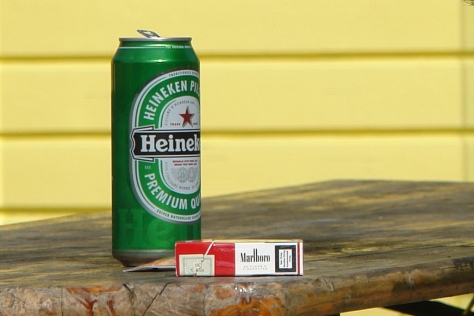New research published this week in BMC Public Health by the CRESH team, and colleagues in Global Public Health, has found that Scotland’s most deprived neighbourhoods have the highest availability of both tobacco and alcohol outlets. The average density of tobacco outlets rises from 50 per 10,000 population in the least income deprived areas to 100 per 10,000 in the most deprived areas. For alcohol outlets licensed to sell alcohol for consumption off the premises the figures were 25 per 10,000 in the least income deprived areas rising to 53 per 10,000 in the most income deprived areas.

Our previous work looking at the availability of alcohol and tobacco found that:
- neighbourhoods with higher availability of alcohol outlets have higher alcohol-related deaths and hospitalisations;
- teenagers living in neighbourhoods with higher availability of tobacco are more likely to be regular smokers, or even to have experimented with smoking;
- adults in these neighbourhoods have both a higher chance of being a smoker and a lower chance of giving up smoking.
The results highlight that the availability of these products does matter for Scotland’s health, and that their greater availability in more deprived areas may be contributing to Scotland’s persistent health inequalities. The distribution of retail outlets puts the most disadvantaged populations in harm’s way. In the paper we argue the need to address this challenge and for governments to see the retail environment as a lever by which they might tackle poor health and reduce inequalities. If we are serious about tackling harm from tobacco and alcohol consumption and related health inequalities then we need to consider greater control over how easily and where alcohol and tobacco are available. This means greater local scrutiny of alcohol licence applications for example, and, in the longer-term, reducing how readily available these products are. Perhaps it is time to stop placing economics before equality and public health?

2 thoughts on “Scotland’s poorest neighbourhoods have the most shops selling alcohol and tobacco”